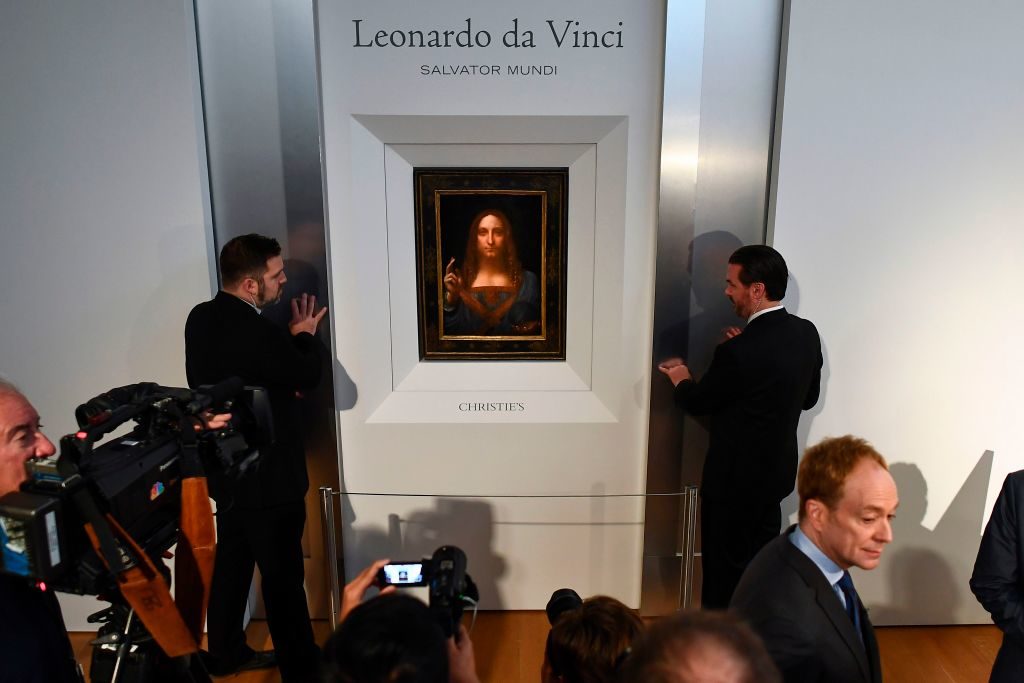Art World
The Rich Are Spending More Money on Art Than Wine for the First Time in Nearly a Decade, Survey Says
But if you want to make money, you're still better off buying cars and wine.

But if you want to make money, you're still better off buying cars and wine.

Henri Neuendorf

Last year, wealthy people spent more on art than wine for the first time in eight years, according to The Wealth Report, which tracks the spending habits of ultra-high-net-worth individuals (people with investable assets of at least $30 million).
Andrew Shirley, the editor of the report—which is published by real estate consultants Knight Frank and real estate brokers Douglas Elliman—noted that the $450 million sale of Leonardo’s Salvator Mundi, and the $110.5 million sale of Jean-Michel Basquiat’s Untitled, “focused the world’s attention on the art market.” Shirley argues that consignors were tempted back to auction by highly publicized record prices, as increasing demand from emerging markets raised the average value of art sold at auction by 21 percent.
Art even topped the Knight Frank’s proprietary Luxury Investment Index, which ranks the investment performance of luxury assets. The category performed better than comparable luxury collectibles such as investment-grade wine, which took second place (11 percent), followed by watches (5 percent), coins (4 percent), jewelry (4 percent), cars (2 percent), and stamps (1 percent).
Of course, in the long run, cars and wine are still better investments than art. The Knight Frank Luxury Investment Index also exposes the art market’s susceptibility to volatility. For instance, over the last 10 years, art grew by 78 percent, well below the index average of 126 percent, and it has grown less than comparable asset classes such as cars (334 percent), wine (192 percent), coins (182 percent), jewelry (138 percent), and even stamps (103 percent).
As Shirley pointed out to Quartz, the last time art topped the index was in 2010, with a 25 percent increase over 2009—a weak year because of the global recession. In contrast, “2007 (+48%) and 2008 (+47%) were the big years,” he said.
According to the report, fluctuations in the art market have been dictated, in part, by the prices of the postwar and contemporary segment, the market’s top-performing and most influential segment. The report points out that the “sensational da Vinci sale could attract a wider audience to Old Masters in 2018,” which could help stabilize the overall market.
Interestingly, the report suggests that most HNWI purchases aren’t the result of market analysis; rather, they’re “investments of passion.” The “joy of ownership” trumps other financial motivations such as “capital appreciation,” finding a safe haven for money, or portfolio diversification, according to the report. As for good old personal competition, status among peers ranked last.